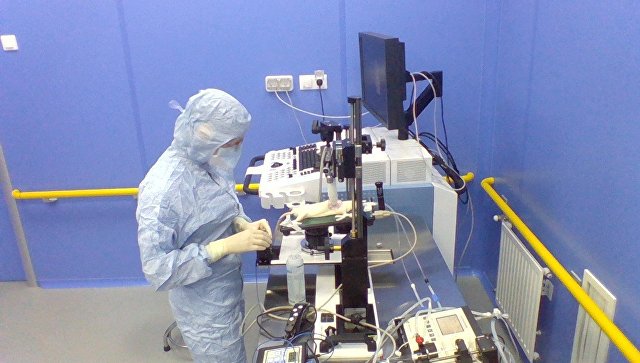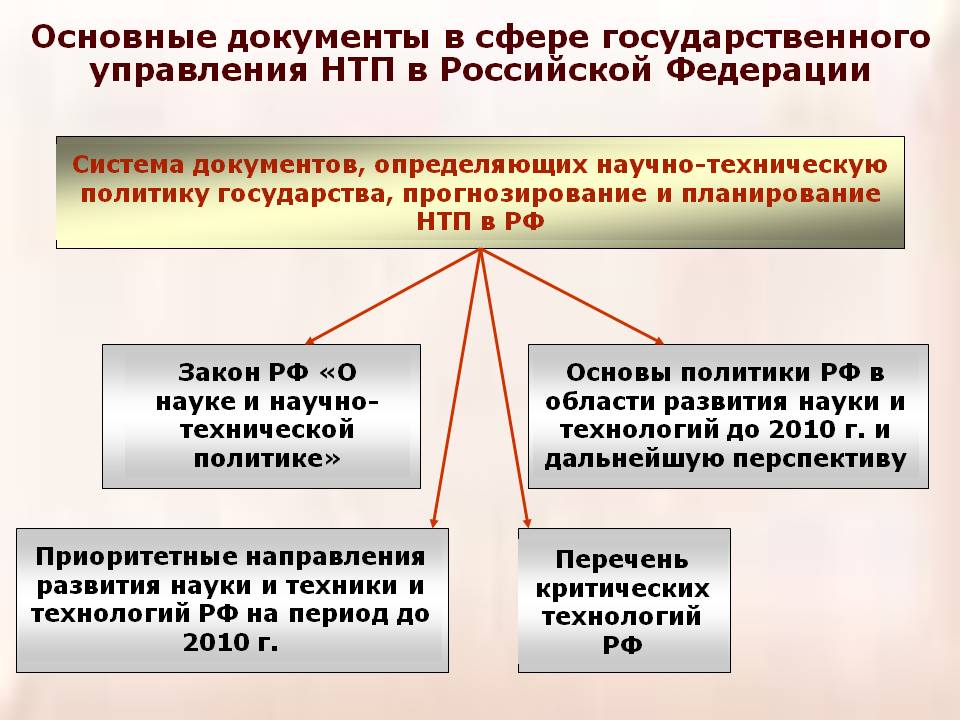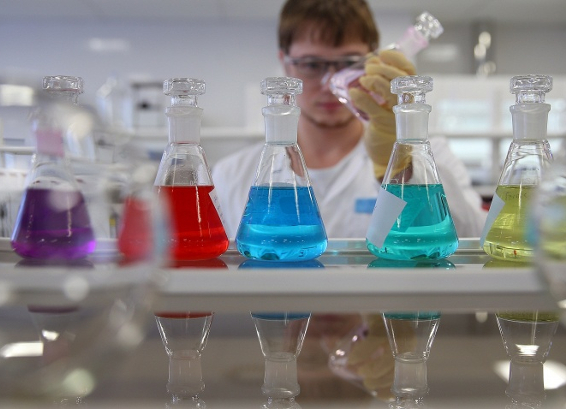Scientific organizations are associations of workers who are engaged in scientific or scientific-technical activities. Such a company may have an independent legal form, carry out activities in full accordance with the statutory documents.
Classification
Scientific organizations are divided into groups:
- institutions;
- organization of educational institutions of professional higher education;
- design bureaus;
- experimental technical organizations.

the Russian Academy of Sciences
All of them carry out their direct activities in the system of the Russian Academy of Sciences.
It has the state status of a non-profit organization (institution), endowed with the rights to manage its property and activities, including the right to create, transform, liquidate enterprises, institutions, organizations included in its composition.
Russian scientific organizations are created and liquidated in accordance with applicable law, or on the proposal of the Government of the Russian Federation.
The academy has scientific organizations and companies in the social sphere. The structure of the academies, the procedure for their financing and activities are determined by the charter of the academy of sciences.

RAS activities
Scientific research organizations are an integral part of the Academy of Sciences. RAS is a self-governing organization that is engaged in fundamental and applied scientific research on important issues of technical, natural and human sciences. She takes a systematic role in coordinating the fundamental experiments carried out by scientific research organizations and educational institutions of professional higher education, financed from the federal budget.
Branch academies of sciences are self-governing organizations. These scientific institutions and organizations carry out applied and fundamental scientific research in certain areas of technology and science, take an active part in the coordination of such scientific searches.
The Government Decree of July 17, 1996 approved a list of organizations, institutions, enterprises that are subordinate to the RAS.
State scientific organizations that are part of industry academies of sciences operate in accordance with the decree of the Government of the Russian Federation. The RAS has 1350 corresponding members and academicians endowed with social guarantees.

Science Foundations
What are the features of scientific organizations of this kind? They are characteristic of universities, which, in addition to educational activities, carry out important scientific research and conduct work in the field of intellectual property.
The financial problem is solved in such situations with the help of a grant system. Such support appeared as a result of complex economic processes, orienting the state and private capital to the creation of full-fledged financial instruments.
Scientific foundations are non-profit organizations that provide grants on a competitive basis, thanks to which scientific organizations conduct innovative and research activities.
Currently, in our country there are not only domestic scientific funds, but also foreign organizations of a similar plan. Their main task is to stimulate researchers to solve urgent technical, scientific, social world problems. Thanks to financial support, scientific organizations of Russia cope with the tasks assigned to them.
History reference
How did public scientific organizations appear? For example, in France, the Academy of Sciences appeared in 1635, it was founded by Richelieu. The peculiarity of Russia of the 18th century was completely different. With the practical absence of civil society, all issues related to education and science were the responsibility of the state. There has never been a lack of talent in our country.
Over the centuries, knowledge has been accumulated in various fields: history, linguistics, nature. But, despite a similar trend, it grew into a genuine scientific system only in the eighteenth century.
The St. Petersburg Academy of Sciences and Arts, which was opened in 1724, acted as the only form of scientific organization. This has become a landmark event in Russian culture. Also in the XVIII century, various educational institutions were opened, a huge number of popular science publications were published. The history of the Russian Academy of Sciences is an interesting object to consider.

The importance of creating the St. Petersburg Academy of Sciences
It was organized by order of Emperor Peter I by decree of the ruling Senate. In the process of developing the project for creating the Academy of Sciences, the Russian Tsar made sure that the organization being opened functioned at the highest level of science of that period. Famous foreign scientists were invited to work in it:
- Leonard Euler, Nikolai and Danil Bernoulli (mathematicians);
- Physicist Georg Kraft;
- astronomer Jean Delille.
The draft Regulation on this scientific institution was presented to the king by the life physician B. Blumentrost. After Peter I made some amendments, he entered into legal force.
The provision determined the main mission of the Academy - the development of various branches of science with minimal material costs.
He was sure that the Russian “forge of scientists” would function significantly better than its foreign counterparts. In addition to scientific activity, an educated institution was to develop handicrafts, conduct production of "manufactories and arts", creating convenient tools and machines.
The Russian tsar believed that all the development of scientists should be useful in production, leading to the economic prosperity of the country.

The modern significance of science
Currently, the principles of scientific organization are of particular importance. It is difficult to imagine the full development of the state economy without a detailed and systematic scientific development.
There is also a feedback - a country with a poorly developed economy is growing much slower, its population is degrading.
The experience of recent decades has shown that the socialist system of management has been stymied, associated with methods of directive planning and the centralized redistribution of material and social resources.
As a result of the economic crisis, a real collapse occurred in science and education.
Reforms of the second half of the twentieth century did not hold back such a fall, and the main source of the Soviet economy was dumping of gas and oil. A similar situation was observed in domestic science.
The main symptoms of the crisis in defense science began to appear during the period of "stagnation", and in other areas - in the second half of the last century.
Science began to undergo significant transformations. She was forced to switch to developments and research that were in demand. Thus, it satisfied the needs of society, lost contact with the state.
The situation in Russian science
The transformation of science in our country has been observed since 1987. It was then that for the first time they began to talk about the conversion of defense companies. Since Soviet science was based precisely on defense, the perestroika process is still taking place in it.
In recent years, the situation began to change for the better, but, far from all research laboratories and bases have been able to adapt to new requirements.
Many research institutes united in corporations, began to offer commercial services and goods, using the material resources obtained for basic research and experiments.
Salaries of researchers are modest by modern standards, so young specialists are very rare in research institutes.
Despite the efforts made by the state to retain young talented people in domestic science, the “brain drain” is ongoing.

Positive changes in Russian science
Financial support in the form of grants from numerous foreign organizations and foundations contributed to the restoration, modernization, and development of Russian science at the beginning of the twenty-first century.
More than 800 thousand people are employed in the scientific field, which is a fairly serious indicator of the importance of basic research in the Russian Federation.
Organizational structure
Currently, about 4,500 institutions, which belong to four structures, are effectively working in our country:
- 14% of employees and 16% of institutes belong to the Academy of Sciences;
- 10% are associated with educational institutions;
- about 70% are industry research institutes;
- 6% is owned by production laboratories.
During the existence of the Soviet Union, about half of the scientific developments were aimed at fulfilling orders of the defense industry. And only 10% of all research and experiments were conducted for theoretical research in various branches of fundamental science.
The purpose of applied scientific research is to provide technical assistance to various enterprises, the introduction of innovative developments that enhance labor productivity, as well as the adaptation of foreign technical solutions in domestic practice.
Russian Foundation for Basic Research
The Ministry of Education and Science of the Russian Federation is conducting serious work to highlight innovative research institutes, on the basis of which certain basic research is carried out. The Russian Foundation for Basic Research makes a significant contribution to the financing of scientific experiments in the field of medicine, chemistry, physics, allocating grata in national currency to individual scientists and laboratories.
Thanks to the research conversion program at some institutes, for example, organic chemistry, serious positive results have been achieved, which are being implemented in various industries.
Particular attention is paid to the laboratory problems related to the development of effective drugs, the creation of alternative energy sources.

Conclusion
Research organizations currently operating on the territory of the Russian Federation are mainly structural units of the Academy of Sciences or its departmental units. On the basis of many higher educational institutions, programs have been developed that involve serious research work by students.
Understanding the importance and significance of involving the young generation in design and research, the Ministry of Education and Science of the Russian Federation developed and introduced new educational standards in kindergartens and schools. Their requirements imply conducting research and developing projects in schools as an indispensable element of the educational and upbringing work of state educational institutions.
Such a state policy makes it possible to involve children in basic research even in time from studies in schools, gymnasiums, lyceums. Some top-level educational institutions cooperate with general educational organizations, involving high school students in conducting experiments in specialized educational institutions.
Children who work with professional laboratory assistants, qualified academicians, receive not only additional theoretical knowledge, but also communication skills, form the basis for conducting scientific discussion.
